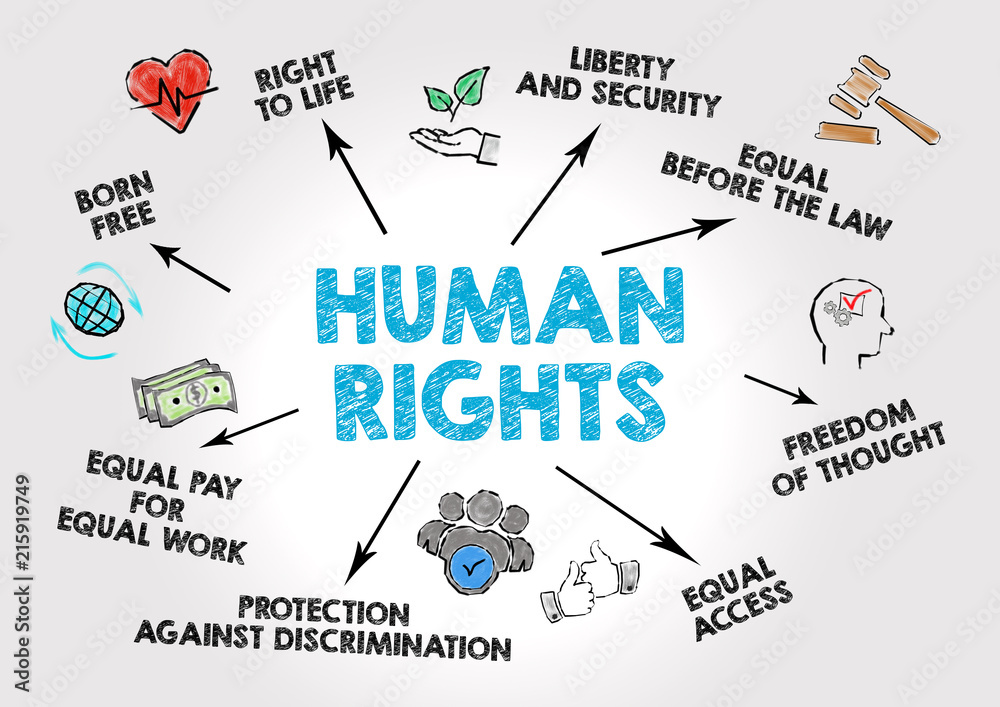
ehensive and nuanced perspective on these critical topics. It’s not just about theoretical knowledge; it’s about seeing how these ideas have been fought for, established, and challenged throughout history.
The Foundation of Human Rights
One of my core courses, Foundations of Human Rights, provided a historical roadmap, tracing the evolution of human rights from ancient civilizations to modern-day declarations. Studying key moments like the Magna Carta, the Enlightenment, and the Universal Declaration of Human Rights (UDHR) helped me understand that the struggle for human rights is a long and continuous one. It also illuminated the different political and philosophical forces that have shaped our current legal frameworks. As Franklin D. Roosevelt famously said, “Freedom means the supremacy of human rights everywhere.” This course truly brought that idea to life.
Global Treaties and Interdisciplinary Insights
My studies went beyond history to analyze key court rulings and international treaties. For instance, dissecting agreements like the Convention on the Elimination of All Forms of Discrimination Against Women (CEDAW) gave me a concrete understanding of the global efforts to protect and advance human rights. I saw how these legal documents can either uphold or undermine fundamental rights.
Furthermore, my coursework emphasized an interdisciplinary approach. Classes like Genocide, States Violence, and the Emergency of Capitalism offered diverse perspectives on human rights issues. In a course on Food, Art, and Community, I learned about environmental justice and how environmental degradation disproportionately impacts vulnerable populations. Dr. Vandana Shiva’s book, Who Really Feeds the World, was instrumental in detailing this connection, showing me that human rights are intertwined with issues like food sovereignty and environmental conservation.